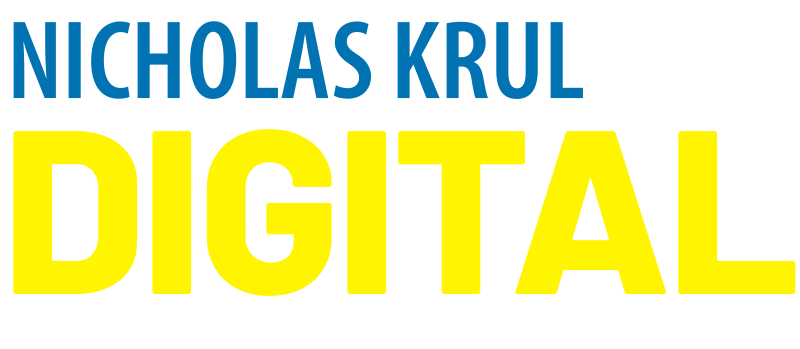Really, the video below explains it best.
The definition of employee advocacy is quite simple: it is the promotion of your company by the people who work for it. People advocate for their employers on social media all the time. A Facebook post like, “Just had a great catered lunch at work. Thanks, [Employer!]” counts as employee advocacy. As does sharing the latest post from the company blog on your LinkedIn feed.

Employee advocacy entails switching the focus from the brand logo and a content broadcasting strategy to instead having the limelight on employees. It is about giving employees a voice and leveraging the influence that they hold.
So what do you think? Would an employee advocacy program benefit your company? I believe it has a massive upside and should no longer be ignored , especially by companies who operate in the B2B space.
Here are a few reasons why you should implement an employee advocacy program within your organisation, ASAP.
- Brands have an ever-shrinking reach on social media, while the voice of individuals holds much more credibility and authority
- By leveraging the networks of your employees, you can exponentially extend the size of your audience
- Your employees want to be included in your marketing messaging and will feel more motivated and engaged if asked to be a part of it.
Why should you implement an employee advocacy program within your organisation?
Reason 1:
Your content will enjoy better reach and engagement.
Your company page on LinkedIn has a very small following compared to the combined connected network of your employees.
Posts on platforms like LinkedIn by your employees enjoy better engagement than posts on your LinkedIn company page. I challenge you to check me on this! Look at the views, likes, shares and comments on your company’s last few posts. Now do the same for the posts by your employees.
If your employees are helping distribute your content, it’ll be seen by a lot more people and your message will be getting a lot more of what it needs: attention.
Click here to go to the post on LinkedIn and leave me your thoughts on this point.
Reason 2:
Empower and engage your employees.
Here’s a true story. At a previous company I worked at, while scrolling my LinkedIn feed, up came a post by my company announcing a free webinar and inviting people to register and attend. I didn’t even know we did webinars!
This made me feel disengaged and excluded from what the company was trying to achieve. Employees who don’t feel included and engaged are more likely to be less productive and perhaps even consider leaving the company.
By engaging your employees and involving them in the company’s mission and marketing efforts, you’ll make them feel involved and give them a sense of purpose. Studies show that this combats staff turnover and boosts morale and productivity.

Think of Employee Advocacy as today’s version of word-of-mouth. THE most powerful kind of marketing known to man, since Eve convinced Adam to eat the apple.
Reason 3:
Turn your employees into thought leaders and industry experts.
It’s simple – people do business with people, not brands. If your employees grow their reputations and are considered to be experts in their field, prospects are more likely to engage with them – and do business with them.

It follows that this is good for the employees and your company. Sales people will find it easier to acquire new customers, and the company will experience improved revenue – and less expensive new customer acquisition.
If you agree, and think an employee advocacy program may benefit your company, then I suggest you get in touch with theIntern-Ship today!
Subscribe to the newsletter and get at least 1 actionable LinkedIn tip you can use to grow your business or advance your career, every couple of weeks.



